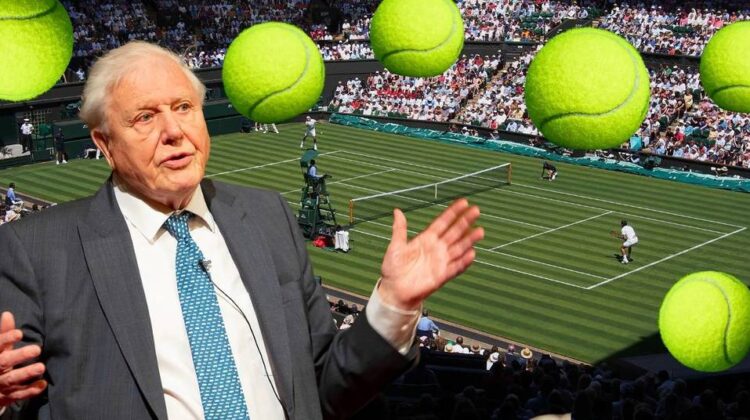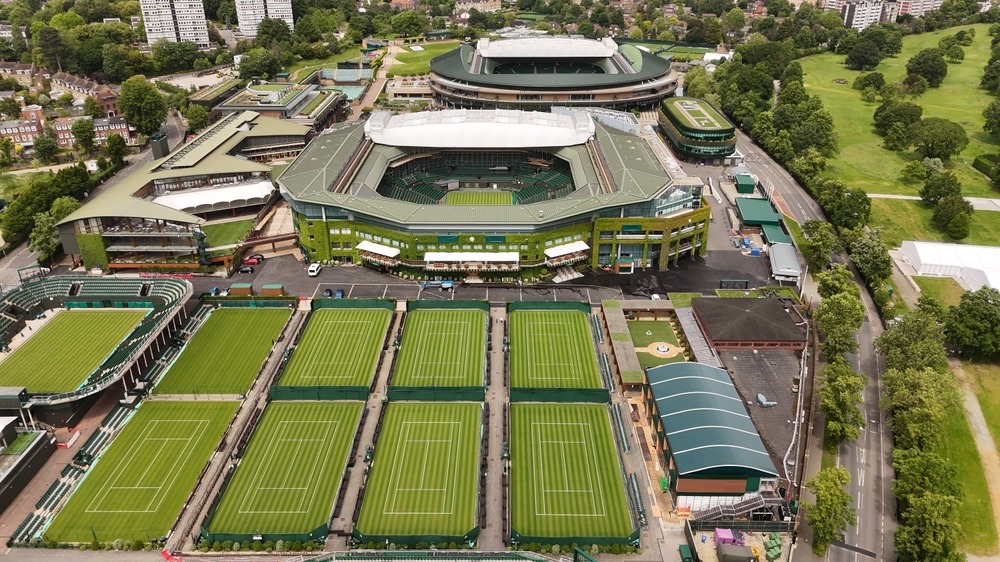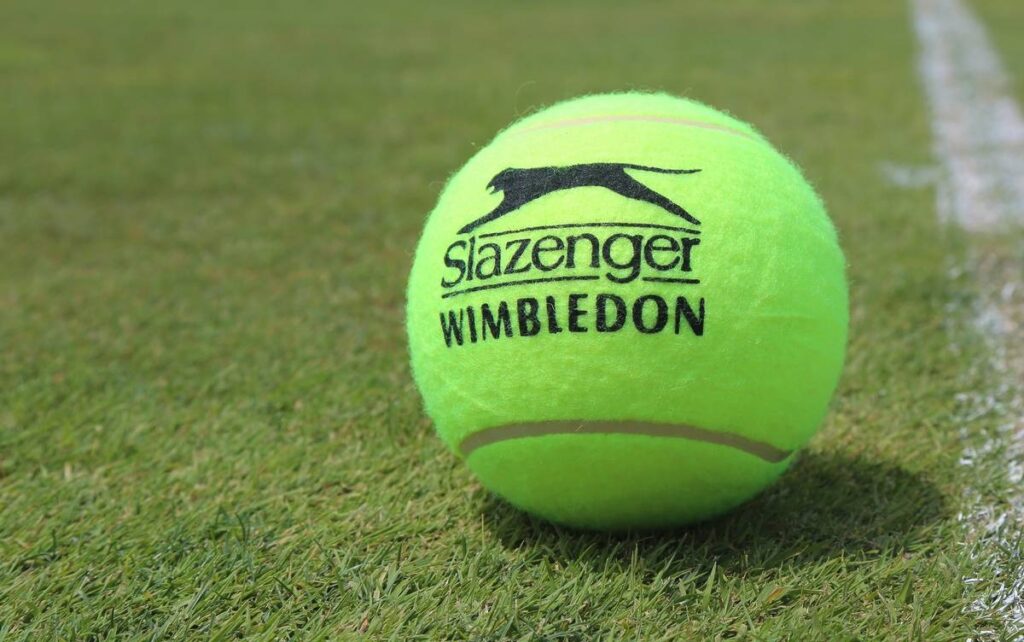
As Wimbledon captures the world’s attention, it’s the perfect moment to delve into the history of the yellow tennis ball and its unexpected link to David Attenborough.
Wimbledon is synonymous with quintessential British summer traditions: strawberries and cream, a refreshing glass of Pimm’s, and the timeless elegance of the All England Club’s lush green lawns. Dating back to 1877, the Wimbledon Championships stand as one of the most prestigious tennis tournaments globally. While much about the tournament remains unchanged—the immaculate white attire and the verdant grass—one notable evolution has been the switch in tennis ball color.
A Game-Changing Color Change
The tournament’s inception in 1877 saw tennis balls traditionally in white. However, a pivotal shift occurred in 1986 when Wimbledon adopted bright yellow tennis balls. This change wasn’t just a matter of aesthetics; it was driven by a technological challenge. With the rise of color television, the white tennis balls became almost invisible against the green court surface, creating difficulties for viewers at home.

The Unexpected Influence of David Attenborough
The decision to change the tennis ball color to bright yellow was significantly influenced by Sir David Attenborough, a legendary broadcaster and documentary-maker. At the time, Attenborough was the controller of BBC2 and played a critical role in addressing this visibility issue. Known for his remarkable contributions to broadcasting and natural history documentaries, Attenborough’s influence extended beyond the realms of nature into the world of sports.
In his role at BBC2, Attenborough spearheaded efforts to find a solution to improve the visibility of tennis balls on television. A team of experts, under his guidance, conducted various experiments to identify the most visible color against the green courts and blue skies.

Attenborough’s Fluorescent Vision
The experiments concluded that bright yellow was the optimal choice. This fluorescent color provided a sharp contrast to the green court and the blue sky, making the ball much easier for viewers to track on screen. This decision marked a significant milestone in broadcasting, reflecting Attenborough’s forward-thinking approach and his impact on television viewing experiences.
The Lasting Legacy of Yellow Tennis Balls
The adoption of the yellow tennis ball at Wimbledon in 1986 was a game-changer, enhancing the viewing experience for fans worldwide. The bright yellow ball quickly became a symbol of both innovation and visibility in the sport, embraced by players and spectators alike.

So, as you enjoy the thrilling moments of Wimbledon this year, take a moment to appreciate the role of David Attenborough in transforming the game. His foresight and dedication to improving broadcast quality not only changed the way we watch tennis but also left an enduring legacy in the sport’s history. Thanks to his influence, the yellow tennis ball remains a vivid reminder of innovation and excellence in broadcasting.

Leave a Reply